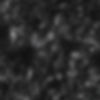FAQS
The top benefits of foam compared to traditional fly-tying materials like fur, feathers, and hair, are its unbeatable floatation and its lifelike qualities for creating convincing terrestrial profiles (especially ants, hoppers, and beetles).
Yes, foam’s buoyancy makes it a fine choice for certain nymph patterns like the Black Midge Emerger or suspender nymphs. Our foam diving heads are used for diver fly patterns, ideally for the Swinging D.
If you’re new to fly tying with foam, flat foam sheets are essential as well as proper thread that will secure the material but not cut it. If you know you want to tie ant patterns, stock your station with different sizes of foam ant bodies. Our fly-tying expert Tim Flagler offers helpful advice for beginners on how to tie flies with foam effectively.
Foam Heads and Sheets for Tying Lifelike Flies
Find the best fly-tying foam for creating lifelike flies fish can’t resist at Orvis. Our sheets of foam make outstanding terrestrials and Gurglers, and the closed-cell patterns mean they float high and offer a lifelike profile. Take the extra work out of ant patterns by using foam bodies; ours are white-tipped for optimal visibility and available in several sizes. When it’s time to cook up your favorite poppers or diving patterns, choose from our selection of durable, high-quality foam heads. Explore our collection to find the reliable, effective foam your fly-tying table needs.
)
)
)
)
)
)
)
)
)
)
)
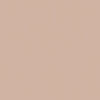



)
)
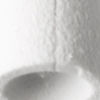
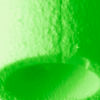

)
